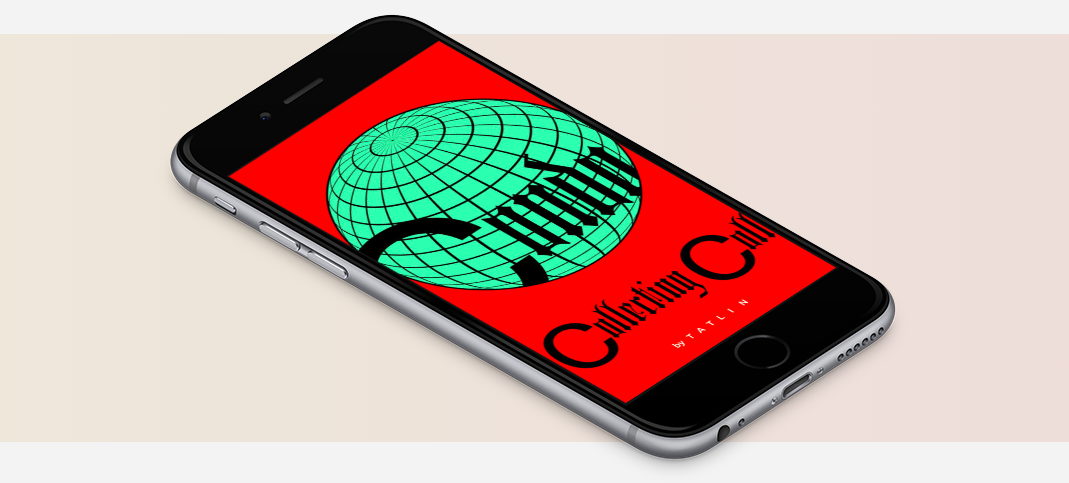
How do art collectors know the fair price for a work in an industry filled with wheeler dealers?
Well, there’s now an app for that. The popular international gallery-share program Condo has launched Condo x Tatlin, an app developed by collector Thomas Vieth through his company Tatlin. The by-invitation-only tool connects collectors to galleries that have participated in Condo, a program that began in 2016 to help galleries exhibit abroad by swapping spaces with galleries in other cities for a set period of time.
The app launch coincides with Condo’s fourth London edition this past weekend, in which 52 galleries are showcasing work at 18 spaces around the city through February 9. A performance by the gender-fluid artist boychild at Condo founder Vanessa Carlos’s gallery Carlos/Ishikawa, which is currently hosting Antenna Space from Shanghai and Chapter NY from New York, proved a hit of the weekend.
While attending in person yields encounters with artists one might not normally see exhibited in their hometown, collectors who can’t make it to Condo’s events in New York, Mexico City, Shanghai, São Paulo, or Athens no longer have to miss out, thanks to the new app.
It is still early days for Condo x Tatlin, which has just finished beta testing after an initial low-key launch in summer 2017. But it already hosts around 180 galleries and an equal number of collectors.
“For a long time I have felt that the best of emergent contemporary art was missing from the digital realm,” Thomas Vieth, the app’s creator, told artnet News, explaining that he wanted to create a “safe” environment for galleries and collectors.
He chose to collaborate with Condo because of the curatorial role the program performs, meaning the invited galleries are pre-vetted. This sets his app, which is free to use, apart from other services that facilitate purchasing art online, he says. “In many ways, I see the app as an extension of Condo’s collaborative spirit.”
Screenshots of the app from the iTunes app store.
Each gallery can initially invite up to ten collectors to join the platform, building a self-selecting community that ensures a high quality of collectors on the app.
While you can browse artworks on the app, you can’t make transactions directly through it. Rather than viewing it as an online marketplace, Vieth says he sees it more as a way of facilitating critical information about artists and artworks that has traditionally only been available to “key insiders.”
It works more like a social network, where gallerists can upload artworks—marking them as for sale, sold, or on hold—as well as share their exhibitions and gallery news. Interested collectors can contact galleries on the app via email. Collectors can also upload images of their own collections, with price histories (although there is a permission button for galleries that sold the works in the case of sensitive sales). Depending on individual privacy settings, collectors can also connect with each other.
Tatlin keeps a database of sold works that have been uploaded by galleries, which is available to all users. “Price history (and transparency) is a vital tool for collectors—it helps breaking down barriers to purchasing art,” Vieth explains.
Vieth couldn’t disclose the number of sales facilitated by the app since its launch because his company is not party to transactions, but he tells us that galleries and collectors have anecdotally reported that sales have taken place as a result of the app.
In the future, Vieth says he has plans to create more apps, and while they are still in their early stages, he reveals they will be based on “blockchain-enabled provenance and collection management services.”